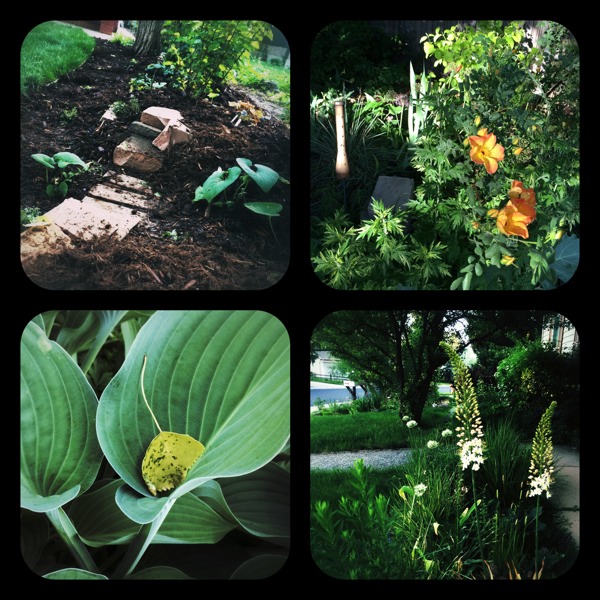(Written for the HMH Website Blog, June 20 2014)
THE ‘SLOW SITE’ APPROACH TO ENRICHING HUMAN LANDSCAPES
Adam Clack, The Land Mechanic
June 18, 2014
Perhaps you have heard about a ‘Slowing’ movement that has lately emerged in our cultural consciousness. Whether it’s Slow Food, Slow Travel, Slow Money, or Slow Slowing, there’s a gathering resistance to the generic, non-local production mechanisms that compromise our lives’ most intimate encounters.
‘Slow’ seeks authenticity. Its adherents enjoy deepened intimacy with ordinary activities, and enrichment through reclamation of process. This philosophy shares roots with the recent ‘Green Movement’, which applies principles of sustainability and ecological awareness to a broad spectrum of enterprises.
“The art of living,” says Carlo Petrini, the founder of the Slow Food Movement, “is about learning to give time to each and every thing.” This emphasis on a high quality of experience is good news for designers! Who among us doesn’t crave users who attune themselves to the subtle phenomena of our constructions?
As a landscape architect and garden builder, I am especially encouraged by these recent trends towards integrity. The ground that I manipulate to achieve effects cannot constrain its forces to accommodate project deadlines and construction schedules, or perform a continuously pleasing routine. Therefore, an infusion of honesty about this clumsy fit is overdue.
There is, as of yet, no groundswell for Slow Site, which I define as an holistic approach to exterior place-making that embraces the negotiation between our design goals and the earth’s inexorable reaction to disturbance.
And here is the reason that must change: the best architecture is grounded in place. ‘Place’ is communicated through a balance of orderand the alchemy of light, atmosphere, and motion that celebrates the essence of local conditions. These dynamic landscapes aren’t more expensive or riskier; they just require adjustments to the tactics of development…and a new class of experts to reward this intent with places richer and healthier than any we currently inhabit.
There are systemic reasons that much architecture is situated in landscapes that are indiscernible from fast food restaurant properties. Customary project dynamics disregard natural cycles and rhythms. So, even well-intentioned landscape designers must either reiterate banal, cosmetic maneuvers or expose themselves to risks that most are unwilling to tolerate, given their limited influence on projects following substantial completion.
Slow Site could become a useful shorthand for the evolution in the way sites are engaged, but it is also a principle that aligns a project’s goals with the realities of the land’s natural processes and considers this seeming riskiness an opportunity to invent unique and vibrant sites that foster personal and collective intimacy.
The Slow Site doctrine is forming…and you are welcome to contribute. Let’s slow our roll together!










